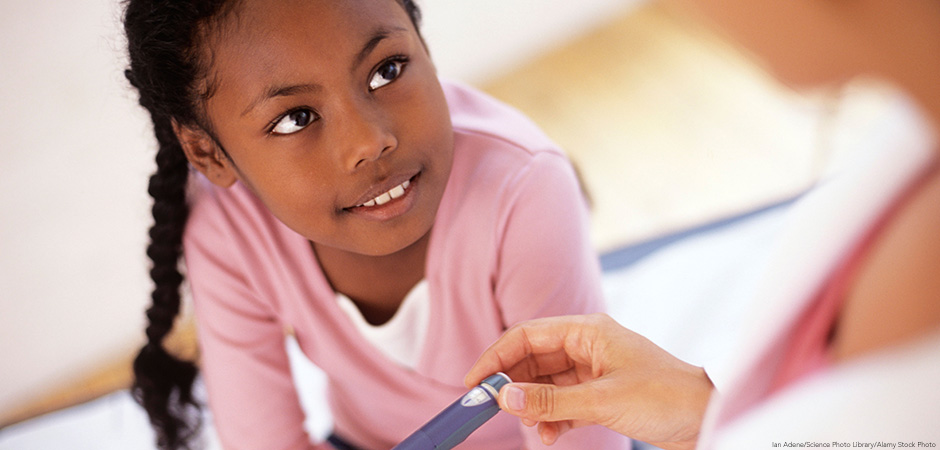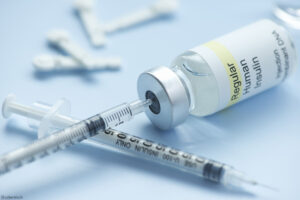
In January 1922, 14-year-old Leonard Thompson lay dying in a Canadian hospital. Thompson had diabetes and his body did not produce insulin. For thousands of years, there was no medicine for diabetes. Adults or children in Thompson’s condition would live for only weeks, months, or maybe a few years.
Then, a Canadian surgeon named Frederick Banting, working with medical student Charles Best, found that insulin from animals could be used in humans. Banting’s discovery was tried for the first time on Thompson. Not only did it save Thompson’s life, but insulin has saved millions of lives since 1922.
Below, btw looks at the history of insulin, its rising cost, and the future of the drug.
A Life-saving Discovery
Insulin is made by the pancreas and used by the body to turn food into energy. Some people’s pancreases do not produce insulin. These people are called Type 1 diabetics. About 1.6 million Americans fall into this category. About 33 million Americans do not produce enough insulin on their own, or their body does not use it properly. They are called Type 2 diabetics. As far back as the ancient Romans and Greeks, scientists understood what caused diabetes. But they weren’t sure how to control it.
Banting and Best determined the exact location in the pancreas of dogs and cows where the life-saving insulin existed. They also found a way to collect this insulin. A University of Toronto professor, John Macleod, provided lab space and helped with research. A Canadian biochemist, J.B. Collip, purified the insulin. Banting and Macleod won the Nobel Prize in medicine in 1923. They shared their financial awards and credit with Best and Collip.
Dr. Banting could have earned a great deal of money for this discovery, but he refused to accept a patent for his life-saving discovery. A patent gives an inventor the right to limit others from making, using, or selling their invention without permission. Banting believed that his discovery was for the public good. He thought making money off it would be a violation of his doctor’s oath. Best and Collip, who were not doctors, received the patents. They each sold their patent to the University of Toronto for $1, which was a symbolic gesture in the spirit of Banting’s refusal of the patent.
Mass Production and Rising Costs
Eli Lilly, an American pharmaceutical company, then figured out how to mass produce insulin. It led to saving millions of lives in the United States and around the world. Today, Eli Lilly is one of three companies that produces more than 90 percent of the world’s supply of insulin. The other manufacturers are Novo Nordisk, a Dutch company, and France’s Sanofi. These three companies have continued to improve insulin and the way patients use it.

These companies also have continued to raise the price of the insulin they produce, especially recently. Depending on one’s health insurance, patients have had to pay as much as hundreds of dollars per month for insulin. As many as 25 percent of patients take less than their recommended dosage of insulin to make what they can afford last longer. Doing so is dangerous to their health. Eli Lilly collected more than $3 billion of revenue from insulin sales in 2022.
The government has responded. The U.S. Congress passed a bill last year that limited the monthly out-of-pocket cost of insulin for Americans on Medicare at $35. Medicare is a government health insurance program for people 65 years old and older. President Biden mentioned the high cost of insulin in his State of the Union Address in January 2023. Many states have passed their own laws that place limits on the price of insulin. California has contracted Civica, a non-profit drug company, to make its own insulin that it says will cost no more than $30 per month. Maine, Michigan, and Washington are considering doing the same.
Recently, Eli Lilly said $35 per month would be the most that any person would pay for its products. Complicated patents and federal regulations have prevented other private companies from challenging the control that Eli Lilly, Novo Nordisk, and Sanofi have on the insulin market. More insulin producers would create competition and lower prices. For now, Biden and others have praised Eli Lilly for its price reduction.
In addition to the $35 monthly limit, Eli Lilly will reduce the list price for its insulin products by as much as 70 percent. This will make the drug more affordable. Now, people who need insulin hopefully can get it–just as Banting wanted when he turned down the patent.
